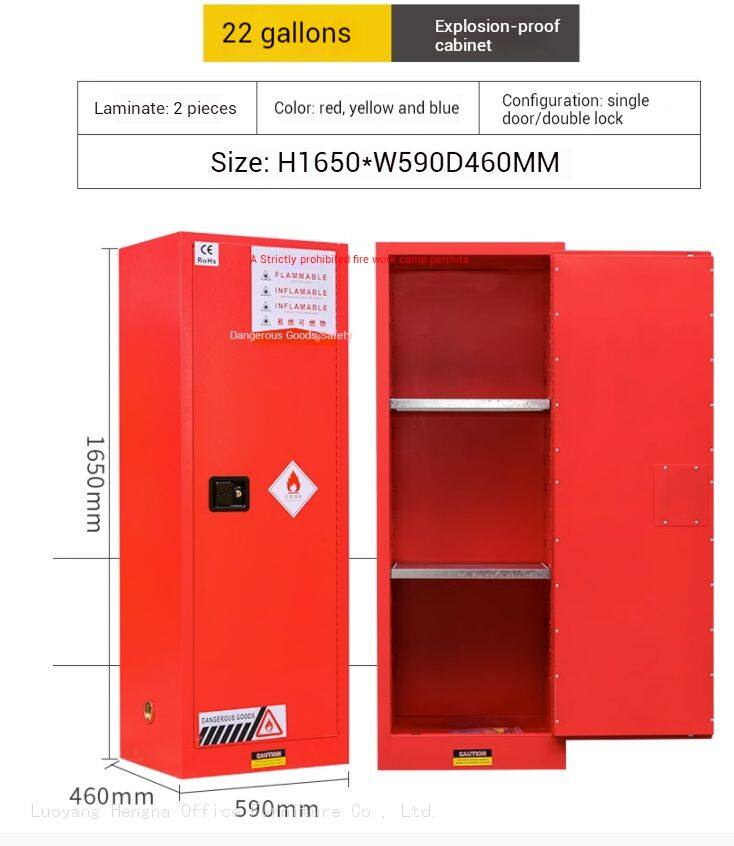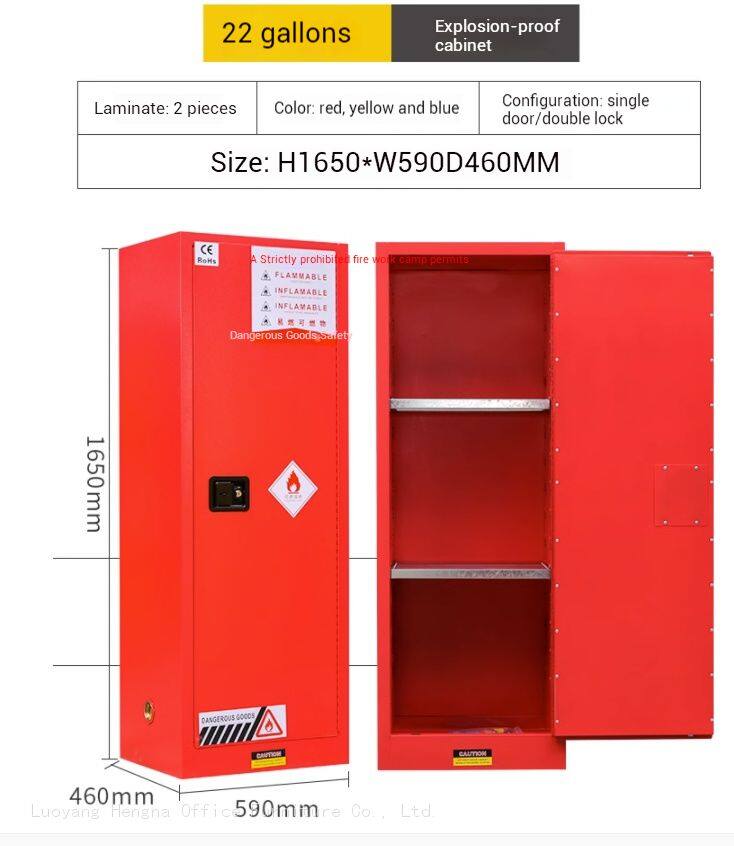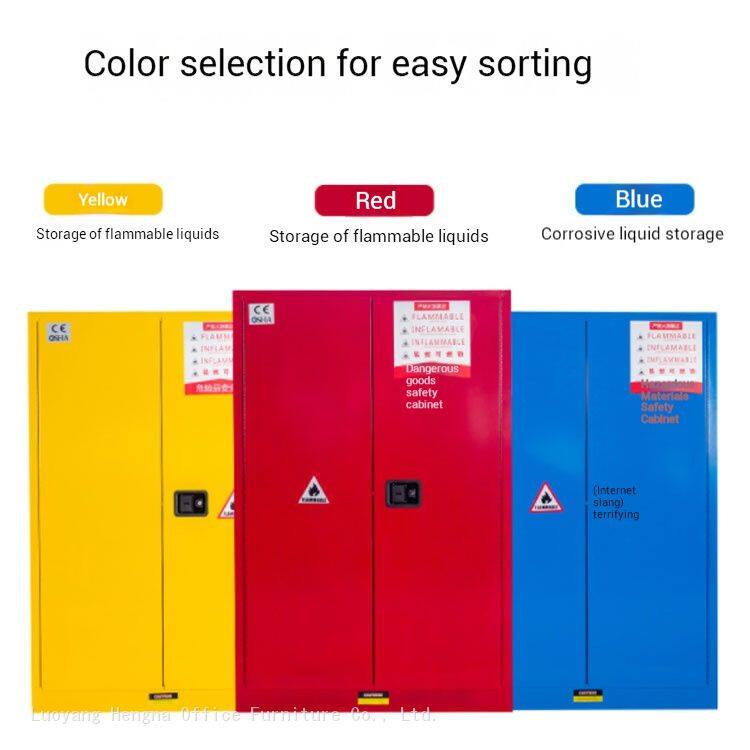-
 Sarah
Hi there! Welcome to my shop. Let me know if you have any questions.
Sarah
Hi there! Welcome to my shop. Let me know if you have any questions.
Your message has exceeded the limit.

Safe Storage of Paints and Solvents in Auto Repair Shops
2025-10-28 15:36:26
Auto repair shops handle numerous flammable liquids daily, including paints, thinners, and solvents. Implementing proper storage solutions not only ensures regulatory compliance but also protects employees and customers from fire hazards.
Understanding Auto Shop Storage Needs
Automotive facilities typically store various hazardous materials:
Paint Products: Lacquers, enamels, and basecoats
Solvents: Thinners, reducers, and cleaning agents
Chemicals: Degreasers and adhesive removers
Fuel Products: Gasoline and diesel additives
The double-wall construction with 40mm insulation gap provides critical fire protection, containing potential incidents and preventing spread to other areas.

Red Cabinet Specifications for Paint Storage
Technical Features:
Material: 1.2mm cold-rolled steel construction
Color Coding: Red for combustible liquids
Locking System: Three-point linkage with dual locks
Ventilation: Adjustable flame arrestor vents
Capacity Options: 4 to 110 gallons
Size Selection Guide
| Shop Size | Recommended Capacity | Storage Needs |
|---|---|---|
| Small Shop | 12-22 Gallon | Basic paint and solvent storage |
| Medium Shop | 30-45 Gallon | Multiple product lines |
| Large Shop | 60-110 Gallon | High-volume operations |
Installation Requirements
Optimal Placement Guidelines:
Distance from Work Areas: Minimum 20 feet from welding/grinding
Ventilation: Adequate airflow around cabinets
Access: Clear pathways for emergency response
Grounding: Proper electrical grounding for static discharge
Signage: Clear hazard identification markings
Safety Features Overview
Advanced Protection Systems:
Leak Containment: Built-in spill collection troughs
Temperature Regulation: Insulated construction maintains stable internal temperatures
Pressure Relief: Vented design prevents pressure buildup
Security Features: Robust locking mechanisms prevent unauthorized access
Operational Best Practices
Daily Safety Procedures:
Inventory Control: Regular stock rotation and inspection
Spill Response: Immediate cleanup protocols
Waste Disposal: Proper hazardous waste management
Training: Regular employee safety education
Documentation: Maintenance and inspection records
Regulatory Compliance
Cost-Benefit Analysis
Investment Benefits:
Risk Reduction: 85% decrease in fire incidents
Insurance Savings: Lower premium costs
Compliance: Avoidance of regulatory fines
Efficiency: Organized storage improves workflow
Professionalism: Enhanced customer confidence

Maintenance Schedule
Regular Maintenance Tasks:
Weekly: Visual inspection and cleaning
Monthly: Lock mechanism testing
Quarterly: Ventilation system check
Annually: Professional certification and inspection
By implementing these comprehensive safety measures, auto repair shops can create safer working environments while maintaining operational efficiency and regulatory compliance.
Tags: Safe Storage of Paints and Solvents

